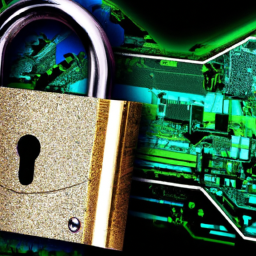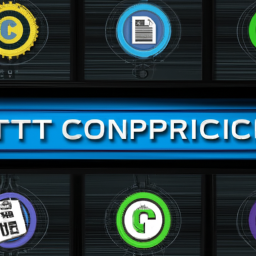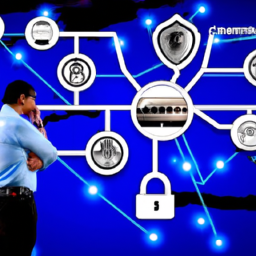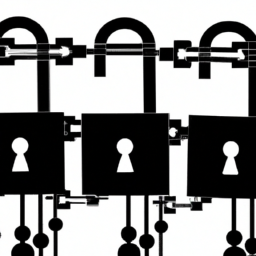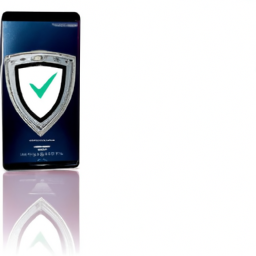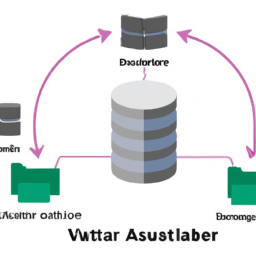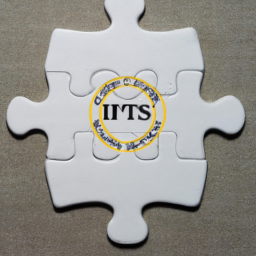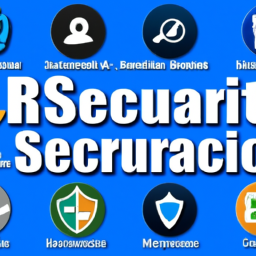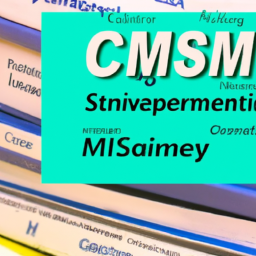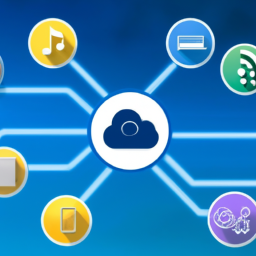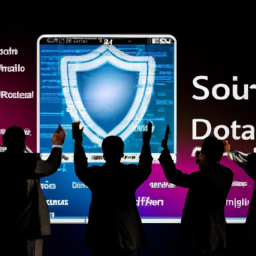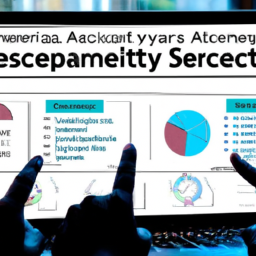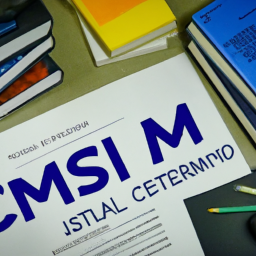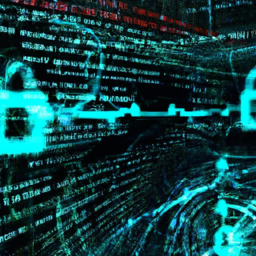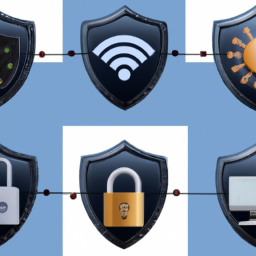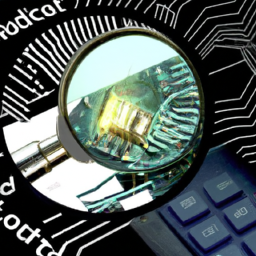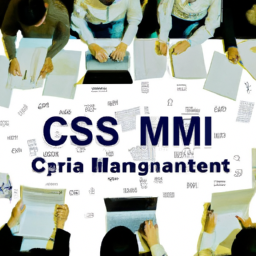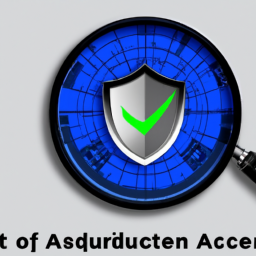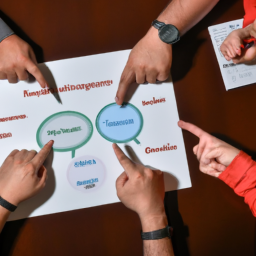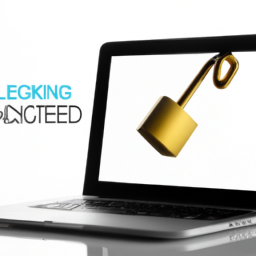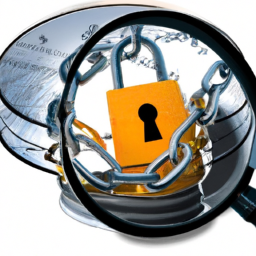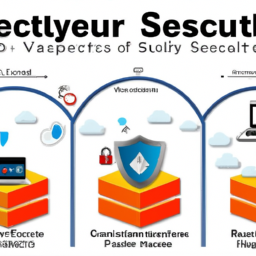Imagine waking up one morning to discover that your company’s confidential customer data has been compromised. Panic sets in as you realize the potential consequences: financial loss, damaged reputation, and legal ramifications.
The clock is ticking, and your ability to swiftly and effectively investigate this security incident is crucial.
In today’s digital landscape, security incidents are becoming more frequent and sophisticated. As a result, organizations must be prepared to handle these incidents with precision and expertise.
This article will guide you through the techniques and best practices for conducting security incident investigations.
From developing a comprehensive incident response plan to conducting a thorough root cause analysis, this article will provide you with the tools and knowledge necessary to navigate the complexities of security incident investigations.
You will learn how to assess and document the initial findings, gather and analyze evidence, and effectively communicate your findings to stakeholders.
By following these techniques and best practices, you will not only mitigate the immediate impact of a security incident but also ensure continuous improvement to prevent future incidents.
So, buckle up and prepare to become a master investigator in the world of cybersecurity.
Key Takeaways
- Developing a comprehensive incident response plan is crucial.
- Gathering and analyzing evidence through forensic analysis of digital devices.
- Effective communication of investigation findings to stakeholders and management.
- Continuous monitoring for identifying gaps and weaknesses.
Incident Response Planning
Creating a solid incident response plan is crucial for effectively managing and mitigating security incidents. It provides a structured approach to handling incidents, ensuring that everyone involved knows their roles and responsibilities.
Incident response training plays a vital role in preparing the team for various scenarios and equipping them with the necessary skills to respond quickly and effectively. This training should cover incident identification, containment, eradication, and recovery.
Additionally, incident response team formation is essential for a successful response. The team should consist of individuals with diverse skills and expertise, including IT specialists, legal professionals, and PR representatives. This ensures that all aspects of the incident are addressed comprehensively.
Once the incident response plan is in place and the team is formed, the next step is to conduct an initial assessment and documentation of the incident, which we will discuss in the subsequent section.
Initial Assessment and Documentation
Start by taking a step back and envisioning the puzzle pieces coming together as you assess and document the initial stages of a security incident. This crucial step sets the foundation for a successful investigation.
Firstly, determine the incident severity by evaluating the impact on the organization’s assets, systems, and data. Categorize the incident as low, medium, or high severity based on the potential harm and disruption caused.
Next, establish an incident timeline to understand the sequence of events leading up to the incident. Document the exact date, time, and duration of the incident, as well as any relevant activities or changes that occurred.
Additionally, record the initial observations, such as the affected systems, potential attack vectors, and any immediate actions taken. These meticulous details will aid in the subsequent section about gathering and analyzing evidence, where you’ll delve deeper into the incident’s intricacies.
Gathering and Analyzing Evidence
In this section, you’ll learn about conducting a forensic analysis of digital evidence, which is a crucial step in gathering and analyzing evidence.
You’ll also discover the importance of interviewing relevant stakeholders and witnesses to gather additional information and perspectives.
Additionally, this discussion will delve into the use of advanced tools and techniques for data analysis, enabling you to uncover hidden patterns and insights.
Conduct forensic analysis of digital evidence
One crucial step in conducting security incident investigations is to conduct forensic analysis of digital evidence. This involves the thorough examination and analysis of electronic devices, such as computers, servers, and mobile devices, to extract and recover data that may be relevant to the investigation.
The process typically includes imaging the devices, preserving the chain of custody, and using specialized tools and techniques to extract and analyze data. Digital forensic analysts carefully document their findings, ensuring that the evidence is admissible in court.
Data recovery is a key aspect of forensic analysis, as it involves retrieving information that may have been deleted or hidden by the perpetrator. This process requires technical expertise and a deep understanding of digital systems and data structures.
By conducting a forensic analysis of digital evidence, investigators can uncover valuable insights and gather crucial evidence to support their investigation. Moving forward, it’s important to interview relevant stakeholders and witnesses to gather additional information and perspectives on the incident.
Interview relevant stakeholders and witnesses
Engaging with key stakeholders and witnesses through insightful interviews provides a window into the incident, allowing investigators to unravel the layers of complexity and gain a comprehensive understanding of the events that transpired. Conducting effective interviews is crucial in extracting relevant information and identifying potential leads.
It is important to prepare for interviews by reviewing available evidence and establishing interview objectives. During the interview, investigators should ask open-ended questions, actively listen, and probe for additional details. Ensuring witness credibility is also essential, as investigators need to assess the reliability and truthfulness of the information provided. This can be done by cross-referencing statements with other witnesses or evidence. Additionally, investigators should be aware of potential biases or motives that could influence witness accounts.
By conducting these interviews, investigators can gather critical information to move forward with the investigation. Transitioning into the subsequent section about using advanced tools and techniques for data analysis, investigators can leverage the insights gathered from interviews to guide their analysis and make more informed decisions.
Use advanced tools and techniques for data analysis
Now that you have completed interviewing relevant stakeholders and witnesses, it is time to delve into the next phase of conducting security incident investigations: using advanced tools and techniques for data analysis. In this stage, you will employ advanced data visualization techniques and machine learning algorithms to analyze the vast amount of data collected during the investigation. These tools allow you to identify patterns, anomalies, and correlations that may not be immediately apparent. By visualizing the data in a meaningful way, you can gain valuable insights and make informed decisions. Additionally, machine learning algorithms can help automate the analysis process, saving time and increasing efficiency. With these advanced tools and techniques at your disposal, you can uncover hidden insights and strengthen your investigation. This leads us to the subsequent section on root cause analysis, where we will delve deeper into understanding the underlying causes of the incident.
Root Cause Analysis
To truly understand the root cause of a security incident, you must actively analyze the chain of events that led to its occurrence. This process, known as causation analysis, is a crucial step in any incident investigation.
By meticulously examining the sequence of actions and events, you can identify the underlying factors that contributed to the incident. Causation analysis involves gathering and analyzing relevant data, conducting interviews with involved parties, and reviewing system logs and other sources of information. It requires a thorough and detailed approach to ensure that no crucial piece of evidence is overlooked.
By uncovering the root cause, you can implement effective measures to prevent similar incidents from happening in the future.
Transitioning into the subsequent section about ‘reporting and communication’, it’s essential to effectively communicate the findings of the root cause analysis to stakeholders and management for informed decision-making.
Reporting and Communication
Ensure that you effectively relay the findings of your root cause analysis to stakeholders and management, allowing for informed decision-making and proactive measures.
To achieve this, it’s crucial to establish clear communication protocols and incident reporting procedures.
When communicating the results of your investigation, consider the following best practices:
-
Use a concise and clear format for your reports to ensure easy understanding.
-
Include relevant details such as the timeline of events, impacted systems, and identified vulnerabilities.
-
Present findings objectively and avoid assigning blame.
By adhering to these communication protocols, you can ensure that the necessary information reaches the right people in a timely manner, enabling them to make informed decisions and take proactive measures to prevent future incidents.
This effective reporting and communication process is essential for continuous improvement in your organization’s security incident investigations.
Continuous Improvement
Implementing a culture of learning and improvement is key to enhancing the effectiveness of your organization’s security incident investigations.
Continuous monitoring is crucial for identifying potential gaps and weaknesses in your security measures. By regularly reviewing and analyzing incidents, you can identify patterns, trends, and common vulnerabilities. This allows you to develop proactive strategies to mitigate risks and strengthen your defenses.
Lessons learned from previous incidents provide valuable insights into the effectiveness of your incident response procedures and can help you identify areas for improvement. It’s important to document and share these lessons with relevant stakeholders to ensure that everyone is aware of the best practices and can apply them in future investigations.
Continuous improvement is a dynamic process that requires ongoing evaluation and adaptation to stay ahead of emerging threats and maintain a robust security posture.
Frequently Asked Questions
What are the key components of an effective incident response plan?
To create an effective incident response plan, you need to consider several key components.
Firstly, incident prioritization is crucial. It’s like trying to juggle flaming swords while riding a unicycle – you need to determine which incidents require immediate attention.
Secondly, your plan should outline clear roles and responsibilities for each team member involved.
Additionally, it should include well-defined communication channels, incident documentation procedures, and a process for continuous improvement based on lessons learned.
How should an organization prioritize incidents during the initial assessment and documentation phase?
To prioritize incidents during the initial assessment and documentation phase, you can use various techniques. One effective approach is to consider the potential impact of each incident on the organization’s critical assets and systems. This can help you determine which incidents require immediate attention.
Additionally, incident documentation strategies such as creating a standardized incident report template and establishing a clear documentation process can ensure that all relevant information is captured accurately and thoroughly.
These prioritization techniques and incident documentation strategies are crucial for an organization to effectively manage and respond to security incidents.
Are there any specific tools or techniques recommended for gathering and analyzing evidence in security incident investigations?
To gather and analyze evidence in security incident investigations, there are several specific tools and recommended techniques you can use.
Some commonly used tools include forensic software like EnCase or FTK, which help in collecting and preserving digital evidence.
Network monitoring tools like Wireshark can be used to capture and analyze network traffic.
Additionally, memory analysis tools like Volatility can be helpful in examining volatile data.
It is important to use these tools in combination with recommended techniques such as chain of custody, documentation, and proper analysis procedures to ensure the integrity of the evidence.
How can organizations identify the root cause of a security incident to prevent similar incidents in the future?
To prevent similar incidents in the future, organizations must identify the root cause of a security incident. This involves solving a puzzle by finding the missing piece to understand the whole picture. Thoroughly analyzing the incident using incident response techniques, such as forensic analysis and network monitoring, allows you to uncover vulnerabilities and weaknesses in your systems. By doing so, you can take proactive measures to strengthen your security defenses and prevent future incidents.
What are some best practices for reporting and communicating security incidents to stakeholders, including both internal and external parties?
When it comes to incident response communication and stakeholder engagement, there are several best practices to follow.
Firstly, it’s crucial to have a well-defined incident response plan in place that outlines the communication process. This plan should include clear roles and responsibilities for communicating with both internal and external parties.
Additionally, it’s important to provide regular updates to stakeholders throughout the incident, using clear and concise language.
Finally, after the incident is resolved, it’s essential to conduct a post-incident review and share lessons learned with all stakeholders.
Conclusion
In wrapping up, you’ve delved deep into the realm of security incident investigations. By following the best practices and employing various techniques, you’ve honed your incident response planning skills.
With a keen eye for initial assessment and meticulous documentation, you’ve mastered the art of gathering and analyzing evidence. Root cause analysis has become your forte, allowing you to uncover the hidden culprits.
Through clear reporting and effective communication, you’ve relayed crucial information. Remember, continuous improvement is the key to staying one step ahead in this ever-evolving landscape. Keep up the great work!




